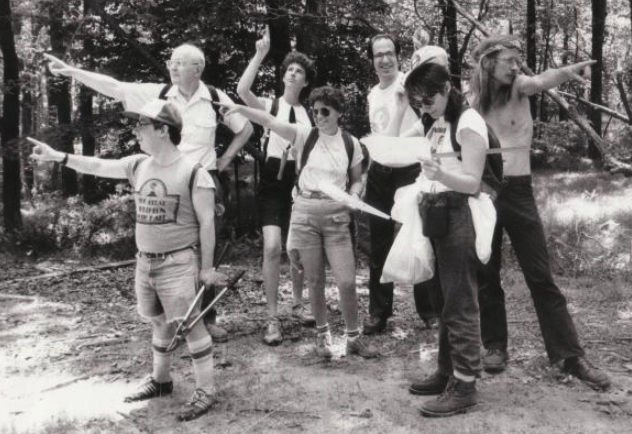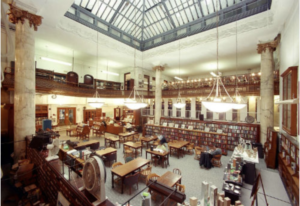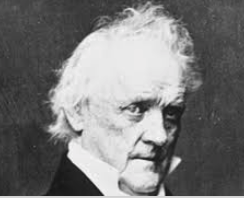Seek and ye shall find. But even St. Matthew needed a place to start …

To locate who minds the archival goods and where they keep them — be those goods the collected letters of an author say, or audio recordings made by an otherwise obscure sound engineer or the sketches and models amassed by an architect over a professional lifetime — you are going to need some industrial strength finding aids.
Here are four of them that I relied on when I was a working librarian that you may find helpful – but of course, Prof. Gibbons is the go-to authority when it comes to this. In all instances, search the holdings as you would any library catalog – but don’t rely on the EZ search function: go straight to the advanced search for maximum control over search syntax and more concise results.
ArchiveGrid
https://researchworks.oclc.org/archivegrid/
This well-designed database of archival holdings is a service of OCLC, the mother of all library catalogs, WorldCat (see below).
Example
Where might you find the collected papers and related collections for rapper Tupac Shakur? Historical events like the great power blackout of 1965? The Lollapalooza Festival? What about a collection of 1990s-era video games and consoles from the founder of SEGA? Archives are not just a mess of letters stuffed into boxes and then donated by the family of a two-term Congressman just to get the crap out of the attic.
***
Library of Congress (Finding Aids: Browse Collections)
https://findingaids.loc.gov/browse/collections/a
Without waxing poetic about all the services to researchers that the world’s largest library provides, let’s just say the LoC should be your new BFF in research. That’s especially true when it comes to their remarkable collection of archives. The collection is easy to browse and even if you are not looking up something specific, it’s fun to rifle through the alphabet and see what they’ve got.
Example
Look up, in the sky, it’s a bird! It’s a plane. It’s a … plane. Airplanes as we all know got into the sky one December morning in 1903 in Kitty Hawk, NC thanks to some single-minded bike mechanics named Orville and Wilbur. And while boys from Dayton get all the memorials and awards and historical credit for giving us modern citizens two-hour ground holds at LaGuardia, they didn’t do it alone. They corresponded along the way with a fellow inventor with an interest in flying and gliders named Octave Chanute. Aviation buffs and historians of pioneering inventions in aerospace can see what Mr. Chanute had to say about what the Wright Bros. were working on; see the archival record of his papers deposited at the LoC. (Look under “O” for Octave.) No word about his frequent flyer status.
***
New York Public Library
http://www.nypl.org
You do have a NYPL library card, right? If not, for shame! What kind of a student/ New Yorker / archivist / thinker are you? Get in gear and apply for one right this instant!
The holdings are vast, the catalogs are immense and all you need is this magical incantation to locating archival materials galore: type archival mix in the advanced search field for format and go nuts.
***
World Cat
https://www.worldcat.org/
The library catalog of library catalogs, WorldCat is the handiwork of participating libraries the world over who agree to make their holdings searchable along with those of other institutions. The way to cut to the chase is to use the selector archival material in the Advanced Search field for format. This cat swings, man.





